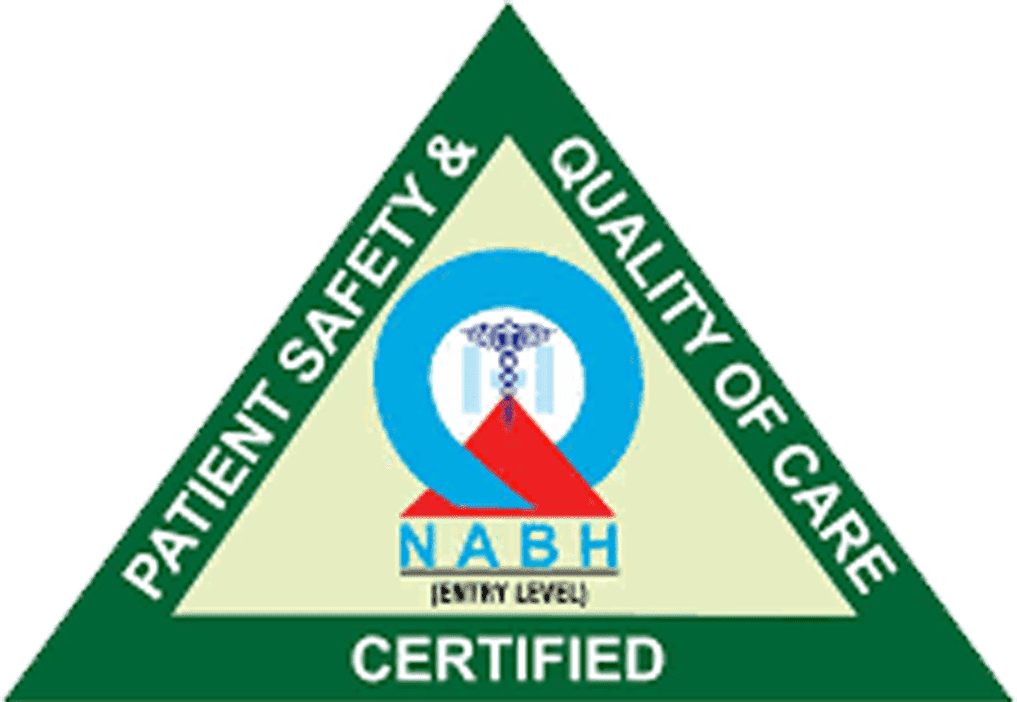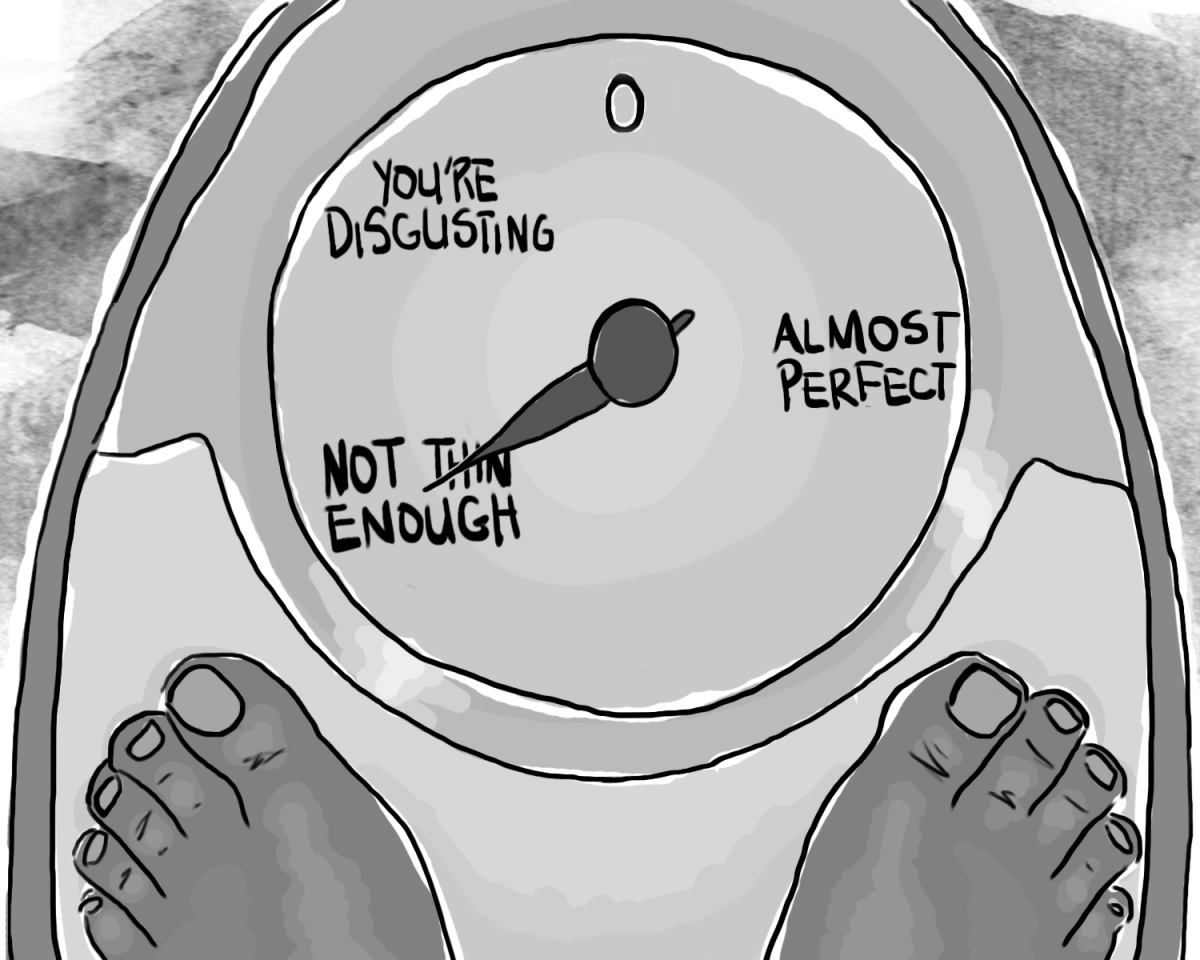Eating Disorders (Anorexia Nervosa) – An Overview
Mar 2, 2017 ahanacareEating Disorder – term in itself suggests the presence of abnormality in the eating patterns, leading to devastating rise of health issues and complications. It is a psychological disorder which is behaviourally, emotionally and mentally (in an abnormal way) controlling individual’s eating habits without concerning about health.
Eating Disorders has many subtypes, among which commonly being suffered by various persons are;
- ANOREXIA NERVOSA
- BULIMIA
- BINGE EATING DISORDER
Here we will be focussing on ANOREXIA NERVOSA in details, in order to get a wider picture of the disorder. Globally, it is surveyed that 10 million adolescent women and 1 million adolescent men battle against anorexia.
ANOREXIA NERVOSA –
It is commonly seen eating disorder worldwide. Psychological defect in which any individual with low BMI / thin will consider themselves as fat and practise wrong eating habits like inappropriate dieting, starving, and exaggerated exercise and forcefully make to puke after each meal intake, in respect to maintain the body to remain slim without focussing on one’s health.
TYPES
- RESTRICTING TYPES – Practice dieting, starvation and over exercising.
- PURGING TYPES – Initiating to control body weight by forcefully initiating vomiting after each meal intake, or taking laxatives, diuretics.
CAUSES
- Obsession towards new fashion and body image trends
- Overly Conscious regarding self-public image
- Hormonal imbalance
- Generating food myths
- Facing social criticism
- Attention seeking
- Nutritional deficiency
- Low self-esteem and confidence
- Sexual and physical Abuse
SIGN & SYMPTOMS
- FOOD EATING PATTERN:-
- Low BMI still crave to diet and starve
- Lying about taking meals
- Obsession against taking fat, cholesterol, any starch
- Feeling of being full every time
- Getting food fantasies and ordering a lot of food but taking less
- Feeling of vomiting after taking each meal
- Very choosy while selecting vegetables and meals.
- BODY APPERANCE :-
- Very and Sudden low BMI
- Dull and pale look at face and skin
- Iron deficiency
- Muscle pain, fatigue, faint
- Bone & Body pain, Wrinkles, Dark circles and Hair fall
- Low immunity
- BEHAVIOURAL CHANGES:-
- Feeling full while seeing a lot of food varieties
- Recurrent habit of checking body shape in the mirror and dissatisfied of body weight
- Buying excess small clothes fits
- Practising self-medication for getting slim
- Repeated checking of body weight through weighing machine
HOW TO TREAT ANOREXIA NERVOSA?
- Self-realization and control over the mind
- Psychological counselling / Psychotherapy
- Consulting with best nutritionist and strictly follow the regimen
- Family therapy – This role should be played by peers and parents , where they will criticise against the thin appearance and be the negative reinforce against anorexia
- Meditation and proper exercise.
- Participating in workshops regarding ART therapy and healthy lifestyles
 NABH Certified
NABH Certified